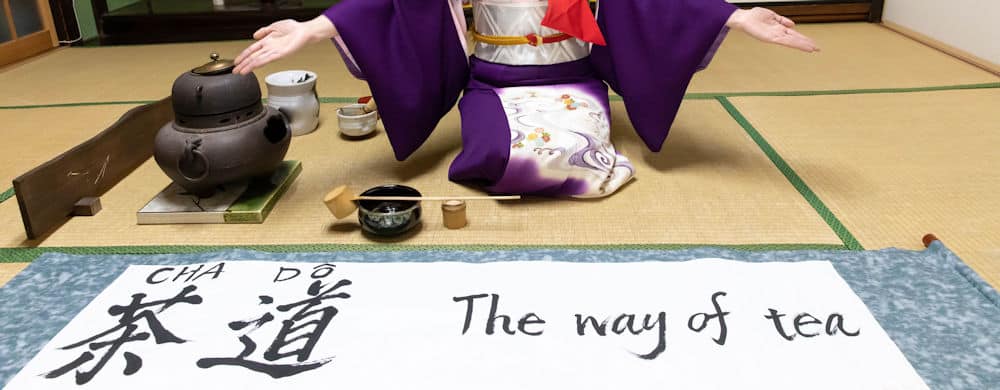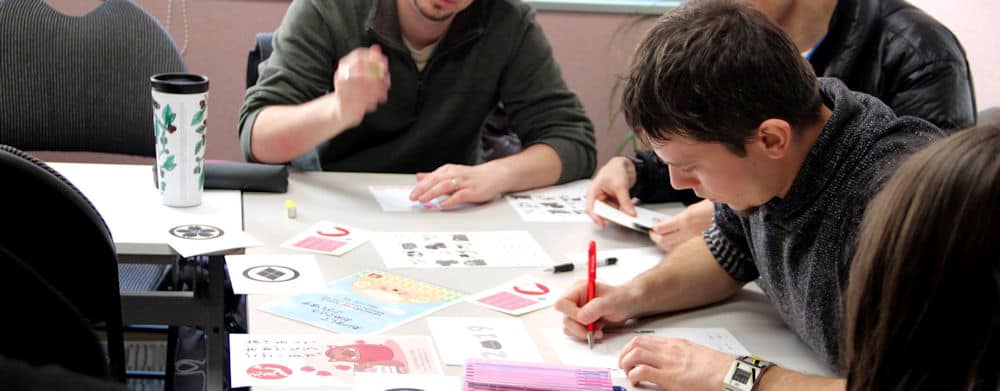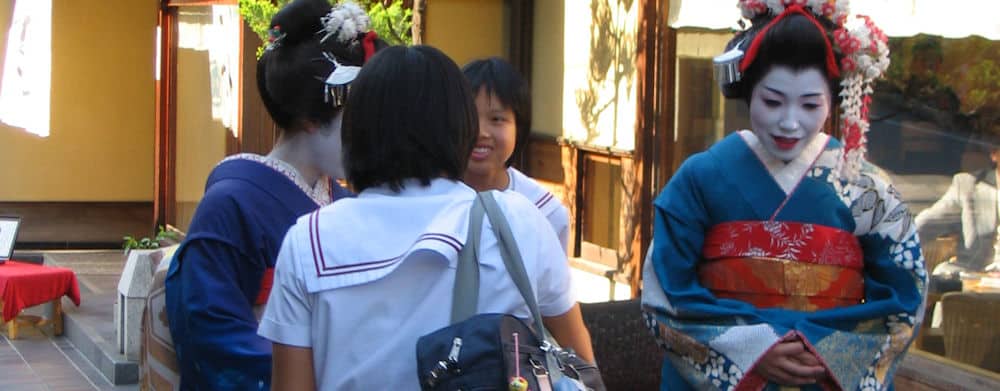Learn Japanese in Kyoto: Teaching
Hiragana Alphabet
All ability levels are accepted, from complete beginners to very advanced.
However please note we need students to memorize the HIRAGANA alphabet prior to arrival.
It should only take you a couple of days – the college asks that you can read it, not be able to write the letters.
Japanese Teachers
All teachers are fluent in English and, obviously, Japanese.
They are all Japanese nationals, who are professionally qualified to teach Japanese as a foreign language. They are graduates of a rigorous 420-hour Japanese teacher training course at recognized schools. The length and content of this course was originally specified by the Japanese Ministry of Education, but has now become the standard qualification for professional Japanese language school teachers. It is equivalent to a university minor, and the result is a very high standard of teaching.
Japanese Students
Students travel to Kyoto from all over the world, most are beginner to intermediate level learners, some are advanced. Age wise students can be any age from 14 yrs of age (but mainly 18yrs+ (the Fukuoka school also takes students from 14 yrs of age). Generally speaking students are in their 20’s+, but everyone who wants to learn Japanese is welcome.
Group course structure
The core Japanese Language course (the Standard Course) consists of two 50-minute grammar classes and two 50-minute conversation classes each day.
The Standard Course is offered over all ability levels. In general, you will study new grammar each afternoon, do related homework that night, then practice your new skills in the application class the next morning. English explanations will be given where absolutely necessary (and comparisons between the two grammar methods will be made, which is particularly useful at lower ability levels). Practical application of the language is encouraged to aid vocabulary retention and real-life fluency. Topical materials are used; news, TV, movies in class to illustrate a point (and engage student interest) and local shops are used (with their permission!) for planned language activity sessions.
The Japanese language school offers group classes on a rolling start basis, so there are a range of on-going classes studying different points in the curriculum each week, throughout the year. When new students join the school, on their first Monday, they are placed into the class at a point in the curriculum closest to their own language level.
There are set dates for beginners, offered throughout the year.
If a student is the only person at his/her Japanese ability level, the Japanese school will provide reduced private classes for them.
Sample Timetable
Below is a sample schedule for a student taking the Japanese course.
The specific time of lessons may differ depending on class level and season, and your schedule may also differ from week to week.
Please note that it is now common for the school to offer afternoon classes, as well as morning classes.
*Sample schedule only. Actual schedule may differ.
| Morning classes | 09.30 – 10.20 hrs + 10.25 – 11.15 hrs |
11.25 – 12.15 hrs + 12.20 – 13.10 hrs |
| OR | ||
| Afternoon classes | 14.05 – 14.55 hrs + 15.00 – 15.55 hrs |
16.00 – 16.50 hrs + 16.55 – 17.45 hrs |
| Monday | Level check test, orientation | Grammar class |
| Tuesday | 4-skills application class | Grammar class |
| Wednesday | 4-skills application class | Grammar class |
| Thursday | 4-skills application class | Grammar class |
| Friday | 4-skills application class | Grammar class |
Activities for Cultural programme
| Activity 1 | Activity 2 | Activity 3 | |
| First Saturday | Indigo Dyeing | Buddhist Temple visit | Museum visit |
| Second Saturday | Calligraphy | Imperial Palace | Museum visit |
| Third Saturday | Tea Ceremony | Shrine visit | Kaminari-okoshi sweets |
| Fourth Saturday | Making wind chimes | Making traditional paper | Woodblock engraving for stamps |
Class levels and progress structure
> VIEW CLASS LEVELS AND PROGRESS CHART
Total time from Beginner to Advanced level: about 60 weeks!
In reality, CESA Languages students chose to attend a short course, according to their linguistic goals, personal wishes, and time constraints.











